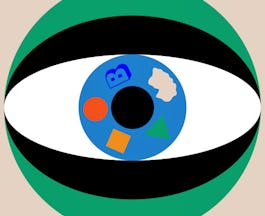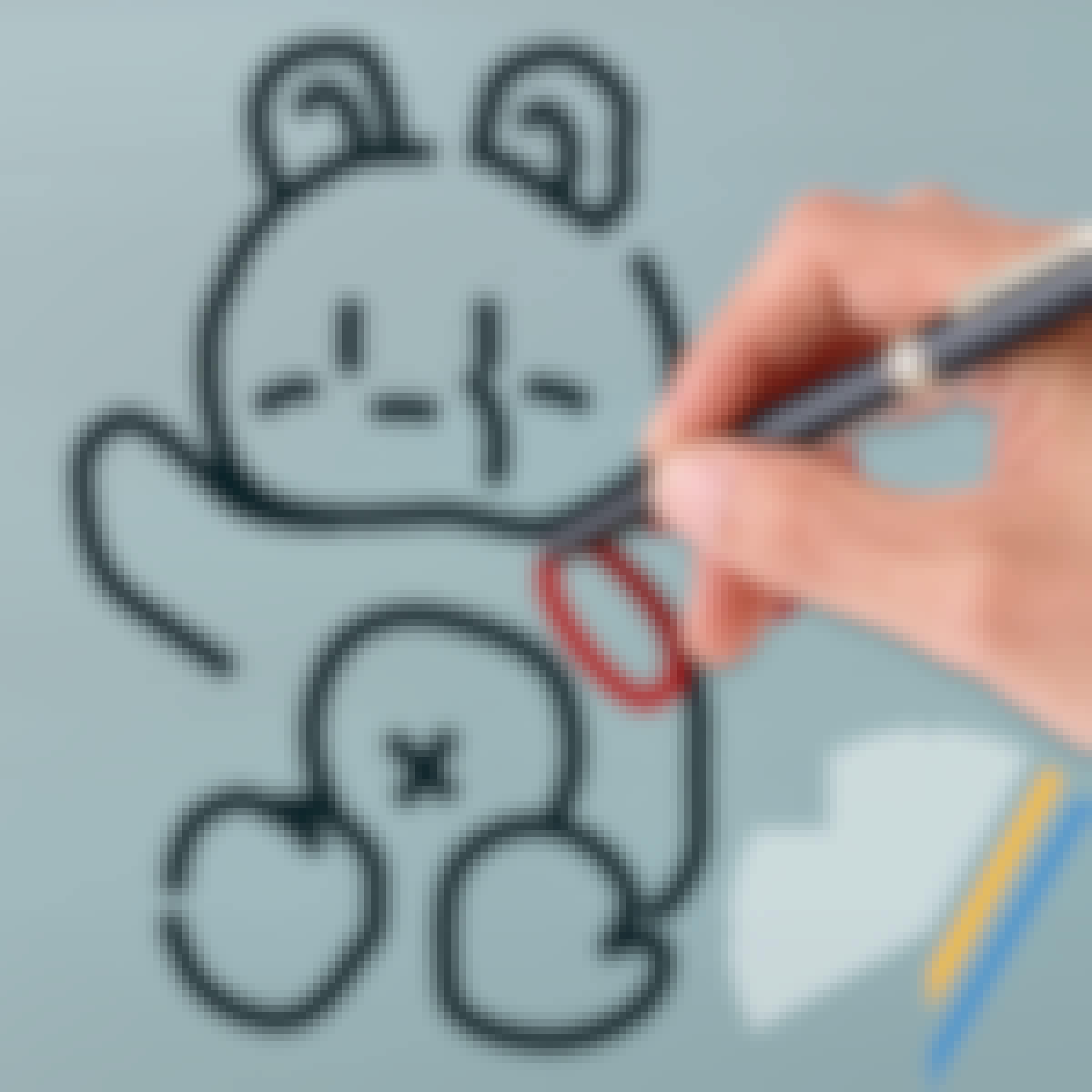Filter by
The language used throughout the course, in both instruction and assessments.
Explore the Interaction Design Course Catalog

University of California San Diego
Skills you'll gain: Probability & Statistics, Experiment, Statistical Tests, Human Computer Interaction, User Experience, R Programming, Statistical Programming, User Experience Design, Data Analysis, General Statistics, Statistical Analysis, User Research, Visual Design, Probability Distribution, Regression, Collaboration

Google
Skills you'll gain: User Experience, User Experience Design, User Research, Audit, Human Computer Interaction, Planning, Product Design, Product Development, Visual Design, Web Design, Web Development Tools

Skills you'll gain: User Experience, User Experience Design, User Research, Product Development

University of California San Diego

Skills you'll gain: User Experience, Front-End Web Development, Human Computer Interaction, Interactive Design, Product Design, Web Design

California Institute of the Arts
Skills you'll gain: Graphic Design, Design and Product, Visual Design, Computer Graphic Techniques, Computer Graphics, Creativity, Graph Theory, Visualization (Computer Graphics), Geometry, Interactive Design

University of Minnesota
Skills you'll gain: Human Computer Interaction, User Experience, Research and Design, User Experience Design, User Research, Design and Product, Interactive Design, People Analysis, Product Design, Software Testing

University of Michigan
Skills you'll gain: User Experience, Research and Design, User Experience Design, User Research, Human Computer Interaction, Design and Product, People Analysis, Critical Thinking, Data Analysis, Survey Creation, Product Design, Communication, Interactive Design, Visual Design, Product Development, Probability & Statistics

California Institute of the Arts
Skills you'll gain: Graphic Design, Strategy, User Experience, User Experience Design, Visual Design, Web Design
 Status: Free
Status: FreeGeorgia Institute of Technology
Skills you'll gain: User Experience, User Experience Design, User Research, Customer Analysis, Design and Product, Interactive Design, Product Design, Research and Design, Graphic Design, People Analysis
 Status: Free
Status: FreeThe University of Tokyo
Skills you'll gain: Computer Graphics, Algorithms

University of Michigan
Skills you'll gain: Computational Thinking, Data Structures, Python Programming
Searches related to interaction design
In summary, here are 10 of our most popular interaction design courses
- Interaction Design: University of California San Diego
- Google UX Design: Google
- Foundations of User Experience (UX) Design: Google
- Human-Centered Design: an Introduction: University of California San Diego
- Principles of UX/UI Design: Meta
- Graphic Design: California Institute of the Arts
- User Interface Design: University of Minnesota
- User Experience Research and Design: University of Michigan
- UI / UX Design: California Institute of the Arts
- Introduction to User Experience Design : Georgia Institute of Technology










